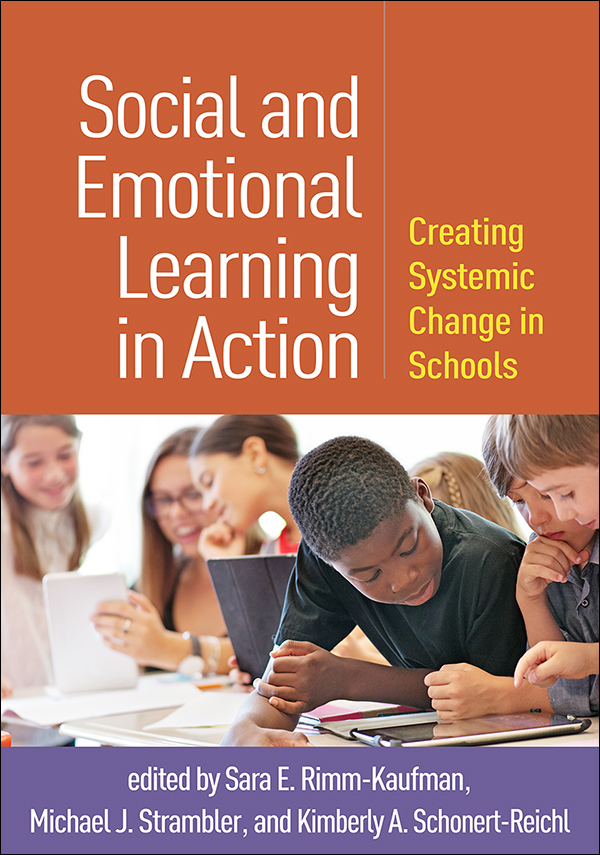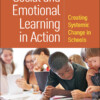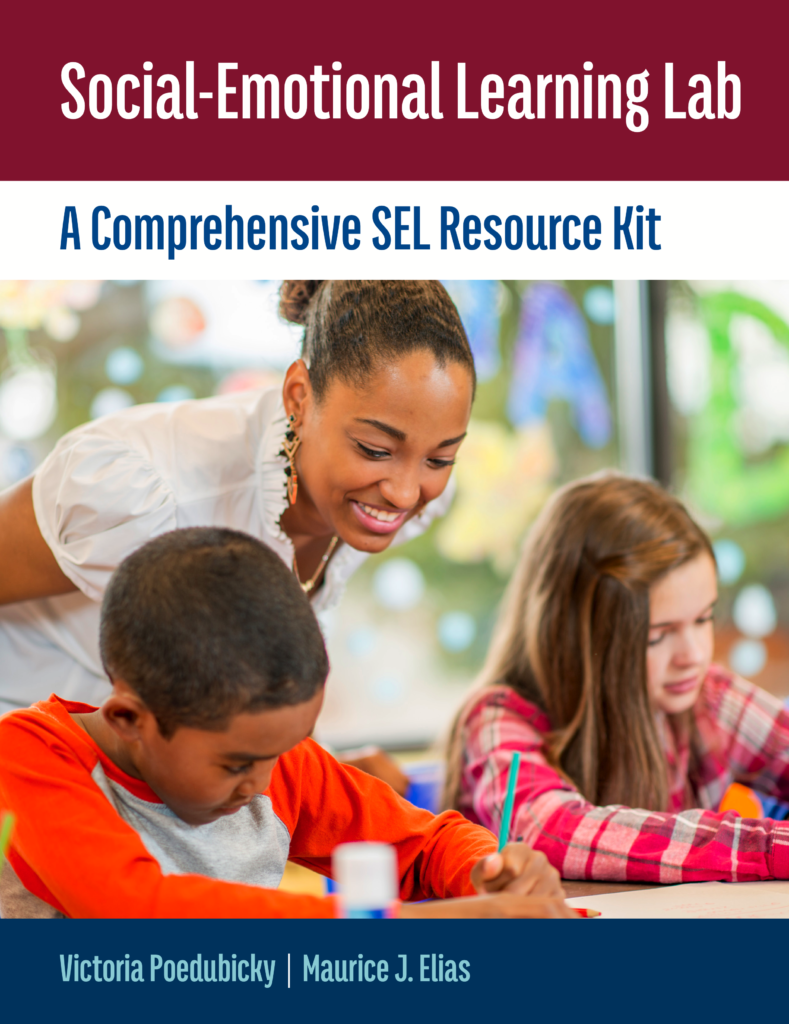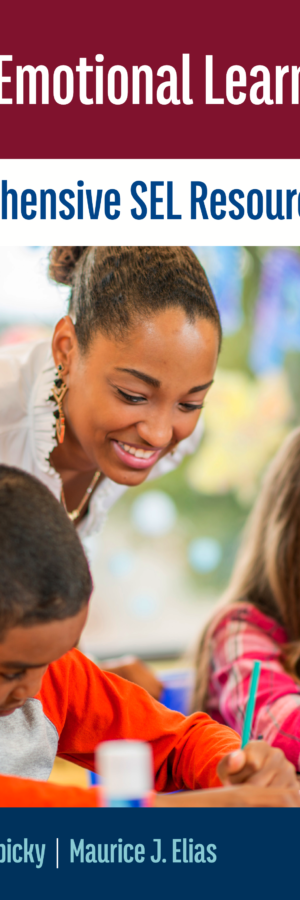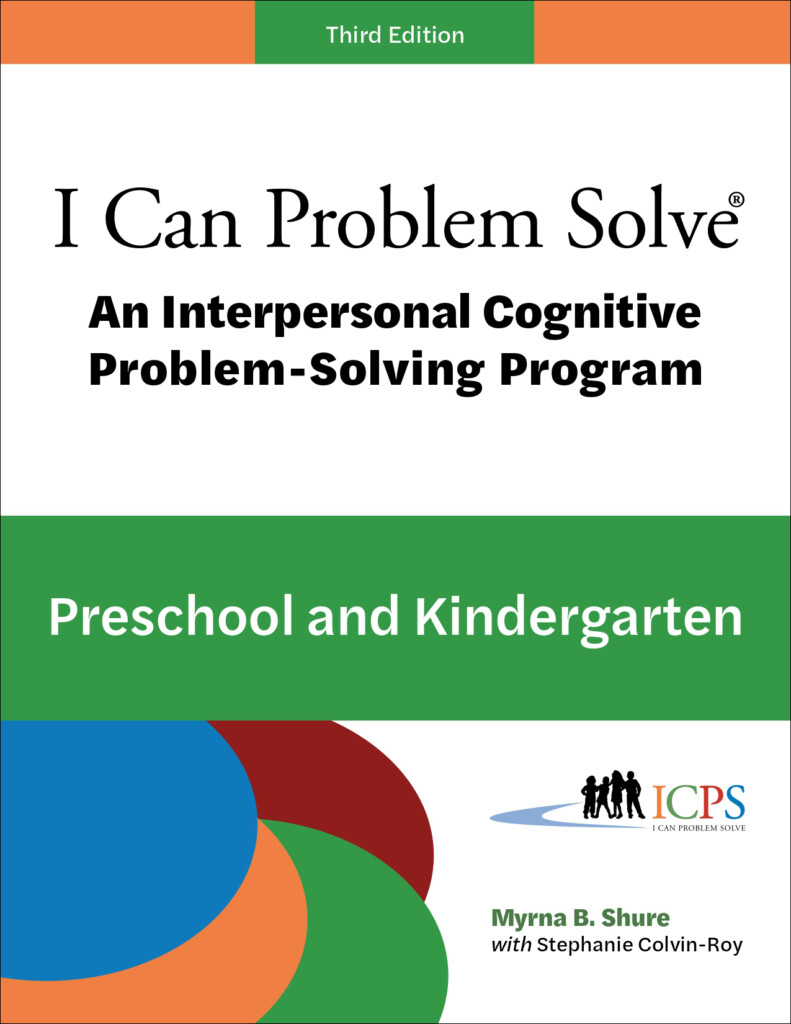Just because a school has adopted a social and emotional learning (SEL) program does not mean it will work.
This book explores the conditions needed to implement, strengthen, and sustain effective SEL, and identifies paths that schools, districts, and states have taken to create those conditions. Major themes include equity of access to high-quality SEL, promoting interracial understanding in all school interactions, and enhancing the well-being and SEL skills of teachers and school leaders as well as students.
Chapters describe exemplary initiatives that infuse SEL into classroom instruction, administrative decision making, school–family–community partnerships, and teacher training. End-of-chapter discussion questions enhance the book’s value for professional learning and course use.
Foreword, Aaliyah A. Samuel
1. Introduction: Meeting the Moment with Systemic SEL, Sara E. Rimm-Kaufman, Michael J. Strambler, & Kimberly A. Schonert-Reichl
I. Supporting Systemic SEL
2. Increasing Equity in SEL for Students from Marginalized Populations, Tia Navelene Barnes, Jocelyn Easley Brown, Melissa Stoffers, Jurni Jackson, Yu Xia, Amanda G. Wells, & Alexcia Bryant
3. Striving for Racial Equity through Restorative Practices and SEL, Anne Gregory, Allison Rae Ward-Seidel, & Dionne Grayman
4. Integrating SEL into Textbooks and Instruction in Low- and Middle-Income Countries, Andy Smart, Jean Bernard, James H. Williams, Aaron Benavot, & Margaret Sinclair
II. Fostering Adult SEL: Insights for Preservice Education and Professional Development
5. “What We Saw on the Wall”: Adult Transformative SEL as a Lever for Equity and Excellence in Schools, Olivia A. Johnson, Bloodine Barthelus, Alexandra Skoog-Hoffman, Ednah Nwafor, & Robert J. Jagers
6. Cultivating SEL-Ready Teachers: SEL in Teacher Preparation, Deirdre Hon, Julie Sauve, Julia Mahfouz, & Kimberly A. Schonert-Reichl
7. Creating Spaces for Adult Learning and Professional Development: SEL Skills for Facilitating Racial Equity Discussions, Shannon B. Wanless, Caitlin F. Spear, Jocelyn V. Artinger, & Jennifer O. Briggs
III. Cultivating Student SEL: Creating School Conditions Conducive to Skill Development
8. Cultivating Contexts of Interpersonal Skill Development among Diverse Students and Schools, Elise Cappella, Stacey Alicea, & Natalie May
9. Cultivating Students’ Intrapersonal SEL Skills, Tyralynn Frazier & Brendan Ozawa-de Silva
IV. Identifying Roadmaps for SEL in Action
10. The SEL Roadmap: Avoiding the Roadblocks, Ruts, and Dead Ends, Sheldon Berman, Jacqueline Jodl, & Joyce Barnes
11. Supporting Transformative SEL Implementation through a Collaboratory for Inclusion, Christina Cipriano, Gabrielle Rappolt-Schlichtmann, Julie M. Riley, Lauren Hunter Naples, & Abigail Eveleigh
12. Using Measurement and Continuous Improvement to Support SEL at the Classroom, School, District, and State Levels, Pilar Alamos, Jenna Lawrence Conway, Tamilah Richardson, & Amanda P. Williford
13. Conclusion: Trends, Challenges, and Future Directions in SEL, Michael J. Strambler, Kimberly A. Schonert-Reichl, & Sara E. Rimm-Kaufman
Index
“At a time when enormous emphasis is placed on ‘learning loss,’ this book reminds us that SEL for students, families, and teachers is at the core of our work; without it, academic strides cannot occur. SEL is not something we give or do to students, but is cultural, and incorporates and centers the voices, needs, and identities of students as well as the adults who work with them. Teachers, principals, and district leaders will find the research, resources, and practical strategies in this book both useful and energizing.”—Rebecca Katsh-Singer, PhD, Principal, Hildreth Elementary School, Harvard, Massachusetts
“Educators frequently struggle with how to ‘do SEL.’ This practical guide takes what may often feel like abstract concepts and puts them into actionable practices. The authors’ focus on SEL as a universal, proactive approach is refreshing. The emphasis on developing adult SEL skills as a critical element in any SEL effort will be especially important for educators to consider at the preservice and service levels. For anyone—whether a school psychologist, building or central office administrator, or school board member—seeking to make systems-level change, this is a go-to resource to guide you through the process with practical strategies and lived examples. I look forward to sharing this resource with my colleagues!” —Jason A. Pedersen, PhD, NCSP, School Psychologist, Derry Township School District, Hershey, Pennsylvania
“This book explains how to systematically and fully integrate SEL into all facets of a school. Chapters discuss restorative practices, SEL-infused academics, building the SEL competencies of students and the adults who work with them, and a focus on equity. School psychologists and educational administrators will find abundant ‘how-to’ examples and supportive theory and research. This is not a cookie-cutter book, because no two schools are the same. Readers learn how to adapt their practices to changing circumstances and contexts, while staying aligned to principles that will optimize their chances for success.” —Maurice J. Elias, PhD, Co-Director, Academy for SEL in Schools, Rutgers, The State University of New Jersey
“Gathering many of the top names in the field, Rimm-Kaufman, Strambler, and Schonert-Reichl offer a cutting edge overview of the state of SEL today. Linking topics like equity and school climate to social–emotional skill development, this book will leave readers well informed and ready to elevate the science, policy, and practice of SEL to its next stage.” —David Adams, MSEd, Chief Executive Officer, Urban Assembly
“Three great scholars bring together the voices of educators, researchers, and policymakers to explore what it means to foster systemic, equitable SEL. The book addresses essential questions: What do exemplary practices look like in a wide variety of classrooms, schools, and districts? What conditions need to be in place to bring those practices to life? What workable steps can we take to create those conditions? The result is a book that is at once deeply grounded in research and immediately accessible and actionable for teachers and school and district leaders.” —Camille A. Farrington, PhD, Managing Director and Senior Research Associate, University of Chicago Consortium on School Research

